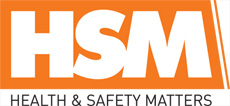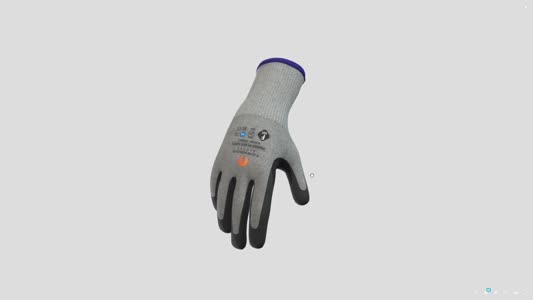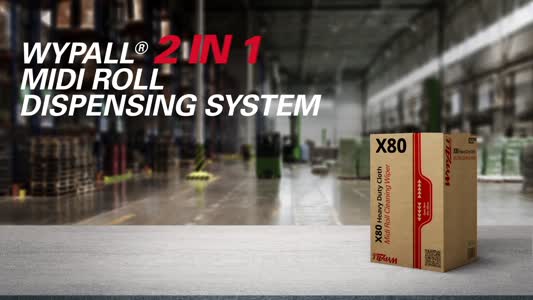
 |
Mark Sennett
Managing Editor |
 |
Kelly Rose
Editor |
| Home> | Breathing Safely | >Breathing Air | >The future of monitoring airborne hazards in the workplace |
The future of monitoring airborne hazards in the workplace
13 October 2025
AIRBORNE HAZARDS—including particulate matter, volatile organic compounds, and noise pose significant risks in the workplace and can cause occupational illness such as respiratory ailments, hearing loss, stress, and cardiovascular conditions.

Existing monitoring methods can be labour-intensive, episodic and reactive in nature. However, as workplace environments evolve, so do the technologies used to detect, measure, and mitigate airborne threats. The ASYS dBELL-100 continuously records air quality and noise metrics, feeding them to the ASYS Cloud application which offers real-time snapshots, trend charts and configurable automated reporting by metric, location and even shift patterns, assisting health and safety managers to assess these signals, determine whether they reflect true hazards, and advise on engineering or administrative controls.
Critically, these tools are not designed to replace current measurement techniques or traditional risk assessments. Rather, they serve as powerful complements—providing continuous, reliable data that health and safety managers can interpret, contextualise, and use to guide interventions. A partnership between technology and professional expertise representing an exciting future of workplace health and safety.
For more information, visit www.nationalphotonic.co.uk
- Powerful monitoring system
- Air quality and noise monitoring system
- Know your limits
- Monitor workplace noise and airborne hazards
- See the new ASYS dBELL at SHW Live
- Monitoring airborne hazards and noise
- Monitoring system for workplace dust, fume and noise
- Detecting danger
- The new ASYS dBELL system for workplace dust, fume and noise























